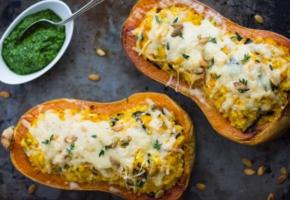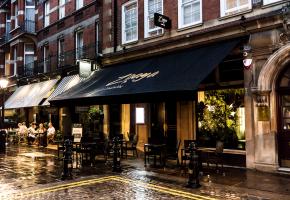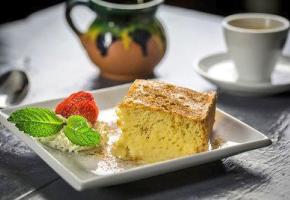The Latin American Cookbook might not be the first you’d pick off the shelves if you were looking for a cookbook or interested in Latin American food; it doesn’t look like a glossy magazine or pander to hipster design as many do now. But anyone who knows the approach of the celebrated chef at Peru's Central (a World's 50 Best restaurant regular) knows that Virgilio Martínez is not in the business of cooking for the glamour.
To many in the cooking world and the thousands of customers who come from all over the world to his Lima restaurant, Virgilio is seen as more of a nerdy scientist than flamboyant celebrity chef: his Mater Iniciativa is an internationally-acclaimed research laboratory that documents indigenous foods of Peru and Latin America. His restaurant, Central, is named as such, he once told LatinoLife, because it is like the central headquarters of his culinary investigation of Peru, whose rich and diverse landscapes - from the highest peaks of the Andes to the underwater life of the Pacific - he scours for new ingredients and recipes, not to mention its layers of culinary history. Central’s ‘Elevations’ menu, puts the results of his experiments onto 18 dishes to delight and astonish palates.
It's no surprise that Virgilio's latest book takes the same meticulous and serious approach. Following years of painstaking research, Martínez guides readers on how to make everything from Goat Stew, and Chilean Sandwich Cookies to Green Mango Salad and beverages like Spiced Cinnamon Firewater and the iconic Pisco Sour.
 Virgilio Martínez by Gustavo Vivanco
Virgilio Martínez by Gustavo Vivanco
The book brings to life the vibrancy of Latin America and its myriad influences—Indigenous, European, Asian, and beyond - the incredible range of cuisines from Mexico's tropical coasts to the icy islands at the foot of South America are documented comprehensively in this collection.
It contains beautiful photos and illustrations, yes, but Virgilio and the team he selected to bring this wonderful book together have dedicated their attention to a vast research in order to offer the history, tradition and versatility of each of the best known dishes along the immense region of Latin America.
Spanning 22 countries, the book features 600 iconic, specialty, and locally distinctive home cooking recipes, showcasing the rich diversity of its peoples and food cultures. Martínez consulted with over 60 sources, including village elders, home cooks, anthropologists, and old-world cookbooks.
Saying this, the recipes are incredibly easy to follow. I am many times intimidated by a recipe when the list of ingredients and the preparation instructions are endless. Here, each recipe has the list of ingredients (and where to get them) and suggestions for substitutions. There is also a list of London’s distributors of Latin American food ingredients, which comes very handy when you are, like me, not in Latin America.
And even if you don’t intend to cook, each recipe in this book will have a small story to tell you about people, places, flavours that will make your imagination travel. It is a modern view of how cooking should be, inviting you to go ahead, substitute and make each dish your own.
Most importantly, you know that you are learning from a real expert, who has lived, loved and breathed his culture for decades, who does so with deep humility and respect for the culinary heritage he has inherited, as opposed to a parachute celebrity claiming the credit of others' knowledge.



















